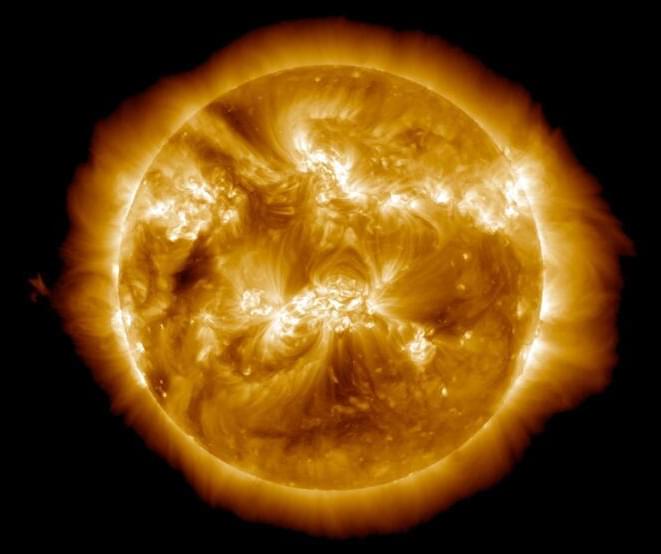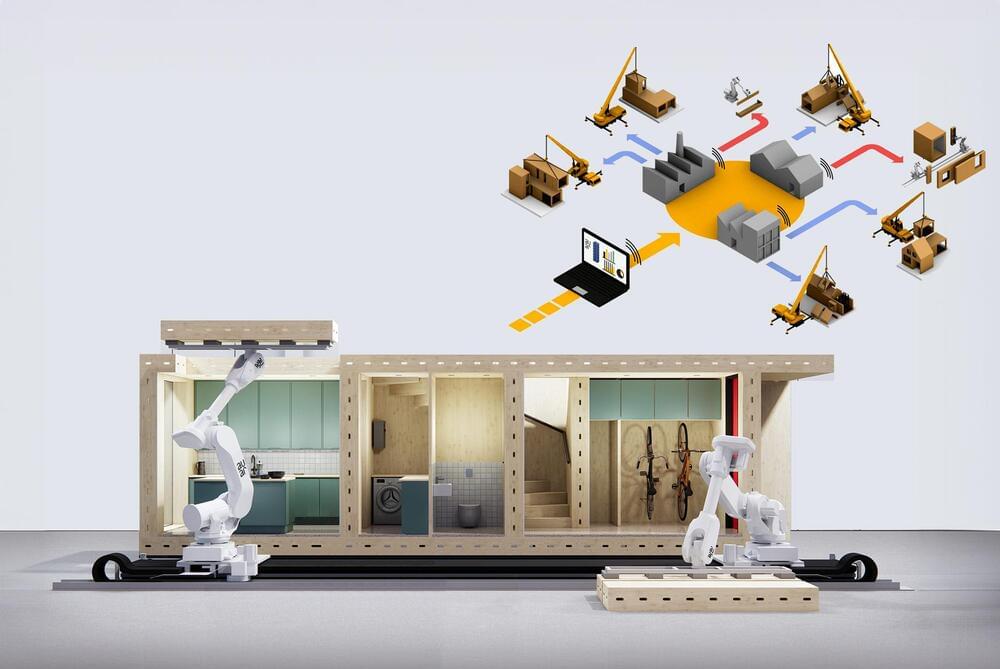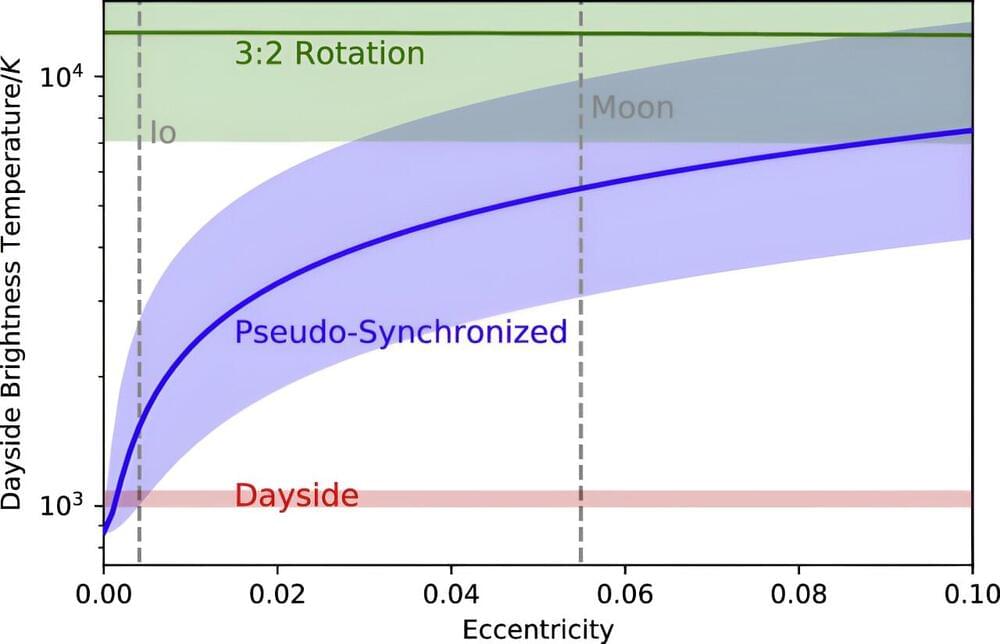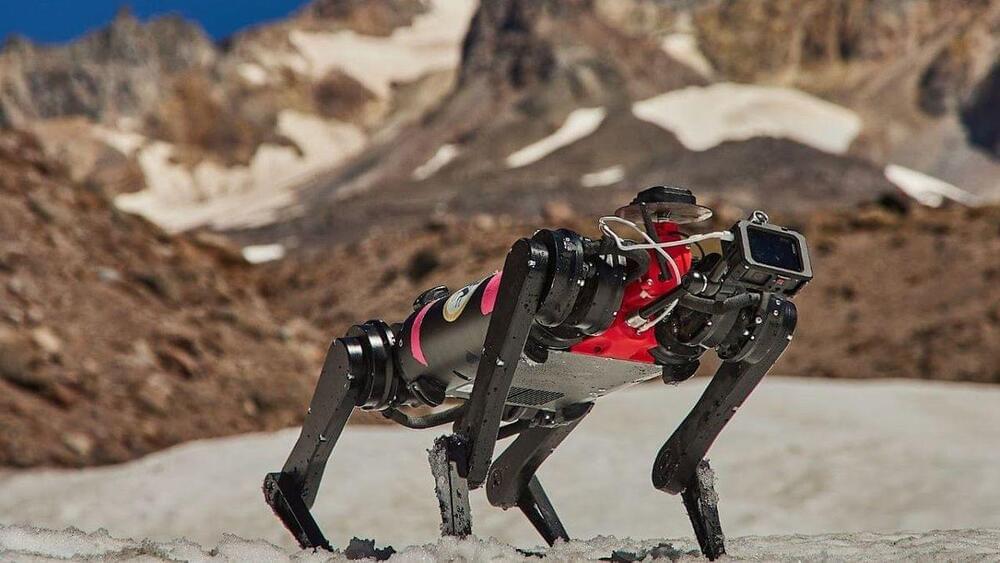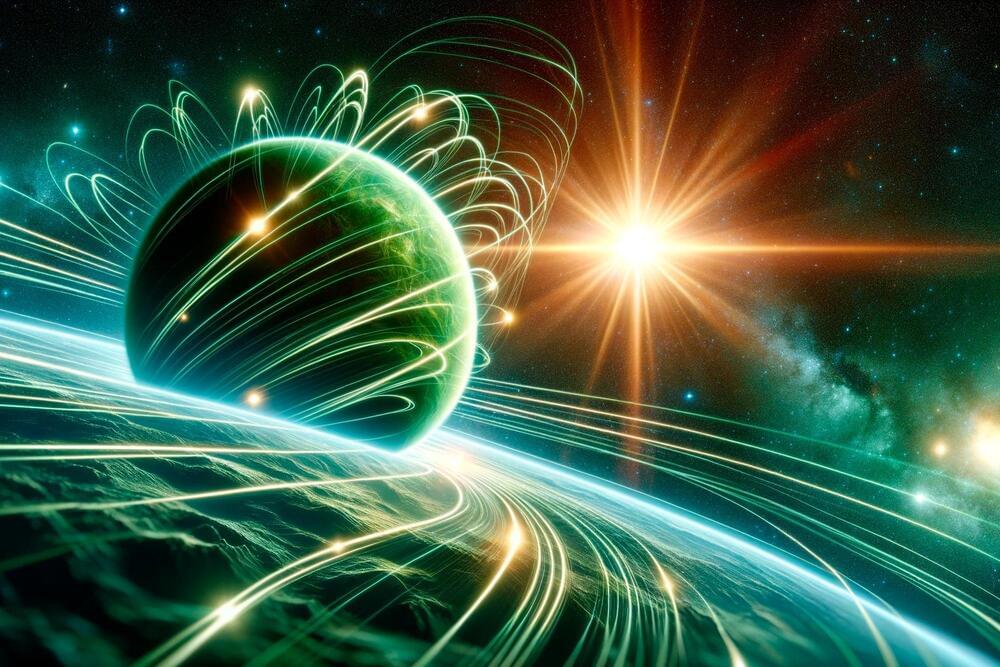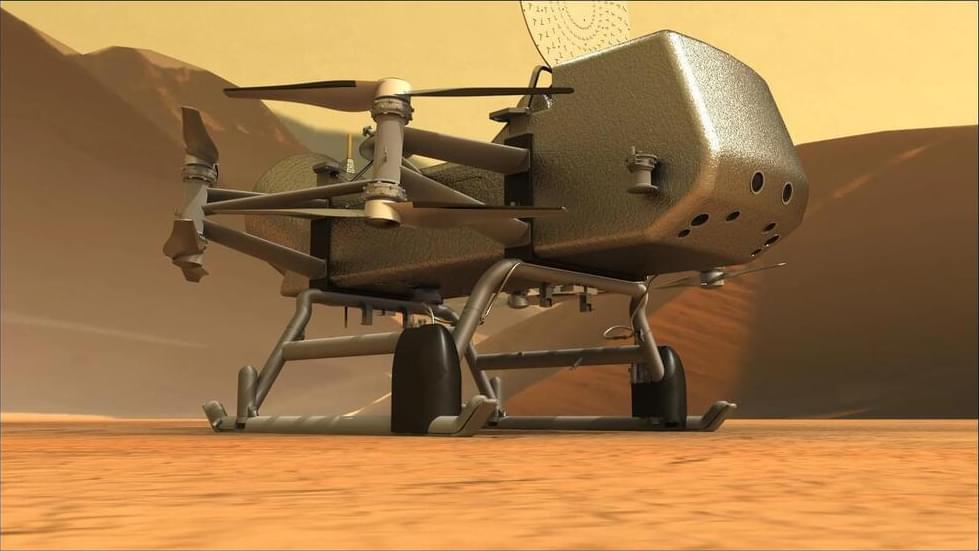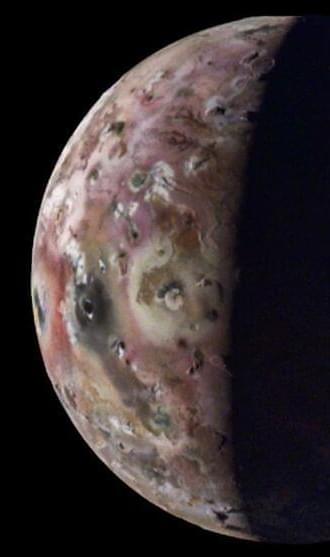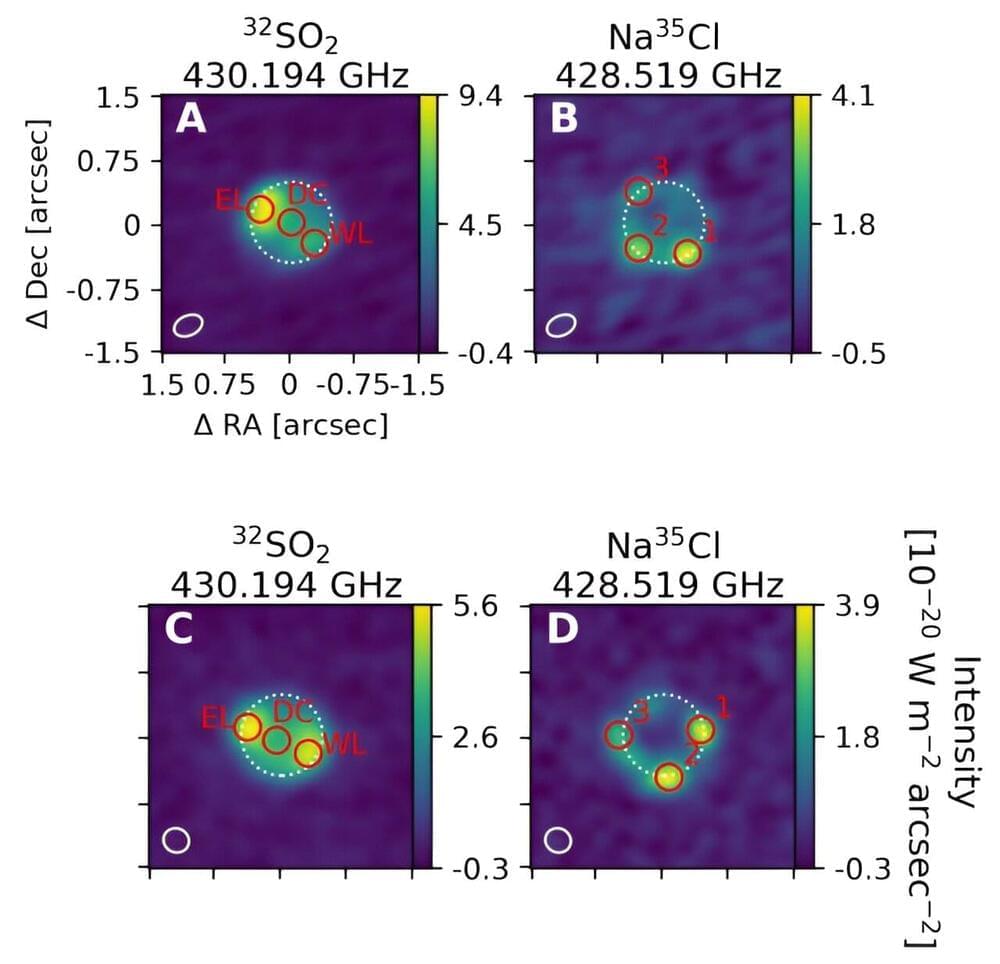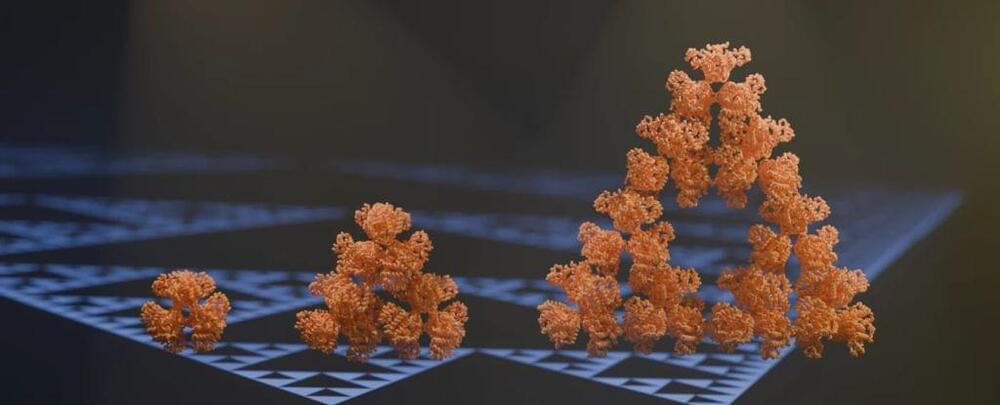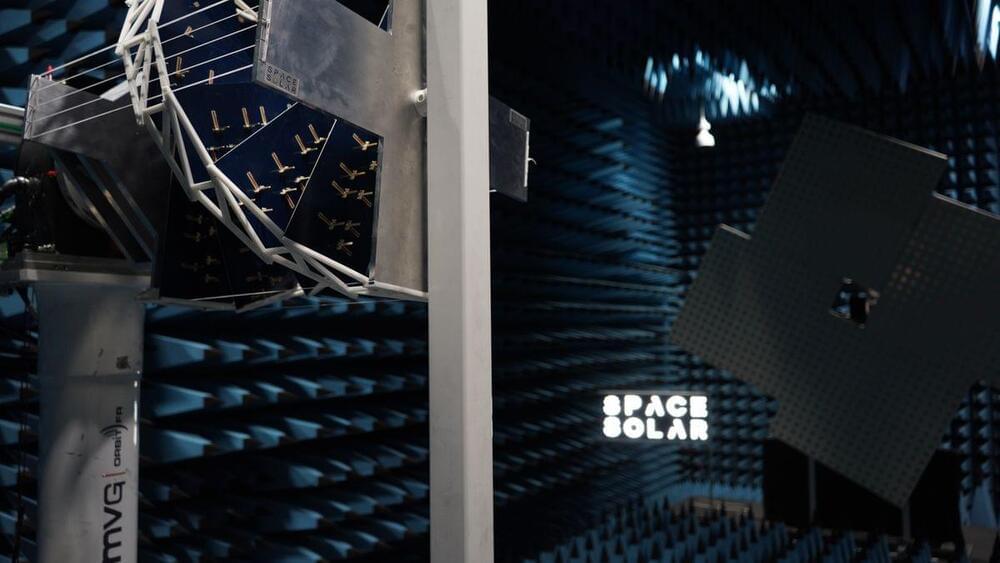Apr 21, 2024
NOAA warning: Severe geomagnetic storm in progress, aurora alert • Earth
Posted by Quinn Sena in category: space
A significant space weather event has prompted the National Oceanic and Atmospheric Administration (NOAA) to issue a Geomagnetic Storm Alert.
The Space Weather Message Code ALTK07, issued at 1952 UTC on April 19, 2024, indicates that the geomagnetic K-index has reached a value of 7, crossing the threshold at 1951 UTC during the synoptic period of 1800–2100 UTC.
Initially, space experts anticipated the storm’s intensity to fluctuate between a G1 and G2 level, potentially escalating to G3 by Sunday.
